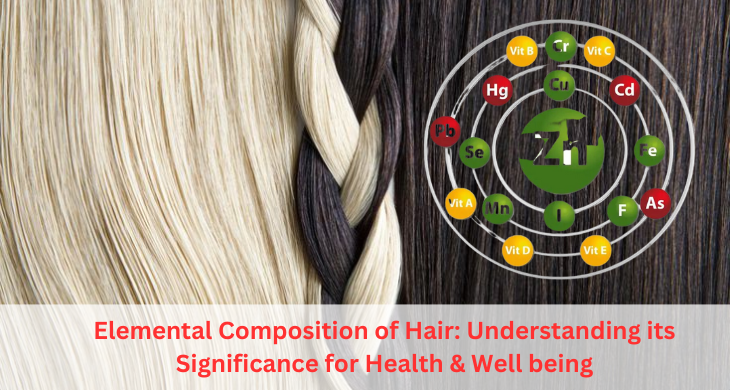Elemental Composition of Hair: Understanding its Significance for Health & Well being

Introduction:
Hair can reveal more than just our style; it holds secrets about our health, nutrition, and exposure to the environment. By examining the elemental composition of hair shafts, we can unlock valuable insights into an individual’s well-being. This article delves into the significance of hair analysis, exploring the presence and levels of various minerals and trace elements.
Understanding Elemental Composition:
Hair, composed primarily of keratin, acts as a reservoir, incorporating elements from the bloodstream during its growth. The presence and levels of minerals and trace elements in hair provide a snapshot of an individual’s nutritional status, environmental exposure, and overall health. Here are some key categories based on elemental composition:
Macronutrients:
- Elements like calcium, magnesium, phosphorus, and sulfur are essential for hair health and growth. Deviations from the optimal levels of these macronutrients may indicate nutritional imbalances or deficiencies.
Micronutrients:
- Iron, zinc, copper, and selenium are vital micronutrients that influence hair health. Their levels in hair can offer insights into nutrient deficiencies or excesses that may affect the hair’s strength, texture, and growth.
Environmental Exposure:
- Hair analysis can provide clues about exposure to environmental pollutants like lead, mercury, and arsenic. Elevated levels of these toxic elements may suggest environmental contamination and potential health risks.
Health Conditions:
- Certain elements, such as copper and zinc, play significant roles in enzymatic reactions and oxidative processes within the body. Variations in their levels may be indicative of underlying health conditions, such as metabolic disorders or hormonal imbalances.
FAQs:
Q1: How is hair analysis performed?
A1: Hair analysis involves collecting a small sample of hair close to the scalp. The hair is then washed, dried & subjected to various analytical techniques,such as inductively coupled plasma mass spectrometry (ICP-MS), to determine its elemental composition.
Q2: Can hair analysis detect long-term exposure to environmental toxins?
A2: Yes, hair analysis can provide information about long-term exposure to environmental toxins. As hair grows at an average rate of about 1 cm per month,different segments of hair can reflect exposure over specific time periods.
Q3: Can hair analysis diagnose specific health conditions?
A3: While hair analysis can provide insights into overall health & potential imbalances,it should not be considered a definitive diagnostic tool.It can serve as a complementary tool alongside other medical assessments.
Conclusion:
The elemental composition of hair holds immense potential for understanding an individual’s nutritional status, environmental exposure, and overall health. By examining the presence and levels of various minerals and trace elements, we can gain valuable insights into our well-being. Hair analysis, when used in conjunction with other medical assessments, offers a holistic approach to health monitoring and opens new doors for personalized care. Embrace the fascinating world of hair analysis and unlock the secrets your locks hold within.
